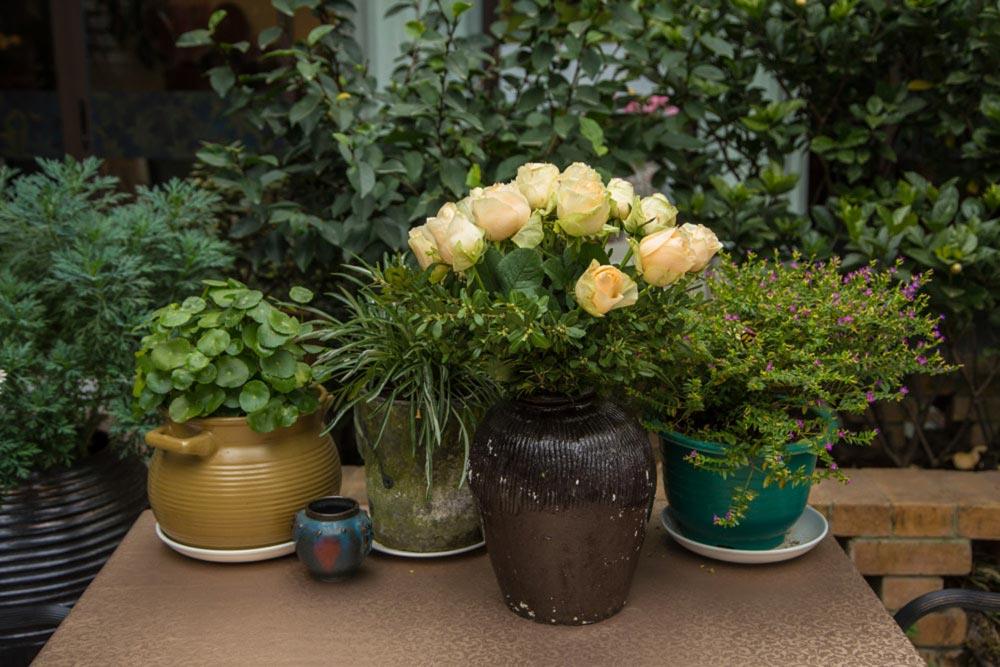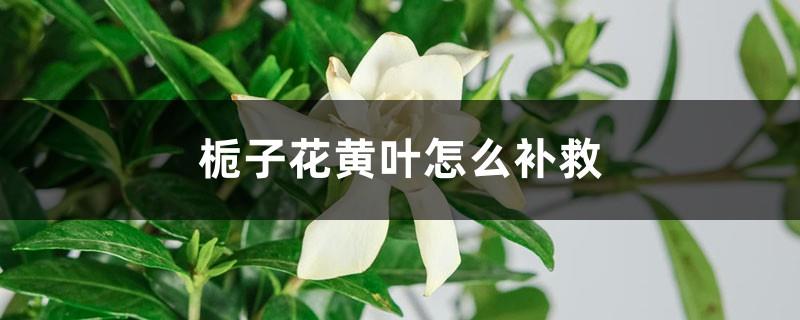How to raise Japanese osmanthus
Last Update :2024.06.18
Article Catalog
If you want to grow Japanese osmanthus better, you should choose slightly acidic soil for it. Water it thoroughly after planting, not too much but not too little. Because it continues to grow flowers, it requires a lot of fertilizer, so you need to add fertilizer at the right time and prune it when it is not lignified.

1. How to maintain
1. How to maintain
1. Choose soil
It likes soil that is relatively loose and rich in organic matter. You can prepare it by yourself, adding rotten leaves, peat, and fine sand. When mixing, use soil that can allow the roots to breathe. It is only slightly acidic. Mix the soil and then disinfect it to avoid bacterial infection.
2. Moderate watering
Water it thoroughly after planting. If the soil is too dry or too wet, it will affect its growth. If the delicate branches and leaves have shrunk, you should immerse a quarter of the pot in clean water, and it will return to its original appearance after an hour. If there is too much water, its roots cannot breathe, they will lose oxygen and the roots will rot.

3. Add fertilizer at the right time
Because it keeps growing flowers and consumes a lot of nutrients, it needs more fertilizer than other plants. You can give it some phosphate fertilizer to help its flowers bloom. In normal times, you can add some organic fertilizer to it, but do not use it too frequently or in too much dosage. It should be done together with watering for better results.
4. Plastic pruning
According to the shape of the tree and the owner's preferences, all thin branches, too dense branches, dead branches, diseased branches, etc. should be removed. of removal. If it is just planted, some young branches should be cut off to reduce nutrient consumption and help it adapt to the environment early. It is usually pruned when its new shoots have just grown but have not become lignified.

2. Precautions
1 , It likes sunlight, so that its leaves will be more green, its branches will be stronger, and its flowers will be more fragrant. If you place it in a cool area, the branches and leaves will be sparse and the aroma will be lighter. It grows most vigorously when the temperature is between 15 and 30 degrees, but in summer the high temperature will damage its young leaves. If it is a potted plant, it should be placed in a windy area.
2. The extreme temperature it can tolerate is minus 7 degrees, and the highest temperature is 38 degrees. If you want it to grow flowers normally, it needs to be between 2 and 22 degrees. If the summer is very hot, you can sprinkle water on the leaves; if the winter is very cold, you need to keep them warm.

2. Precautions
- END -
How to grow and pay attention to the red luck dangtana flower

Soil: Raising red luck flowers requires slightly acidic soil that is loose, fertil...
Causes and treatment of yellow leaves of gardenia

Excessive watering: Excessive watering during cultivation will cause yellow leaves...